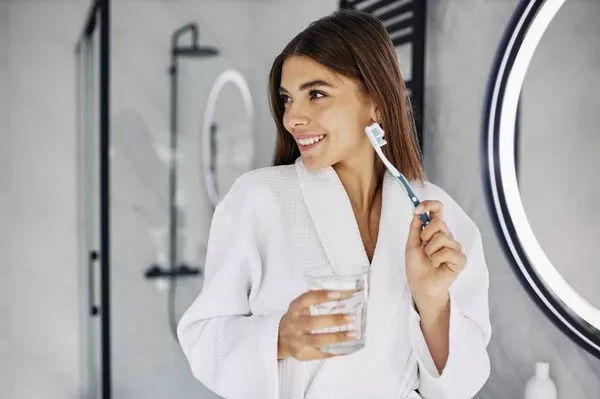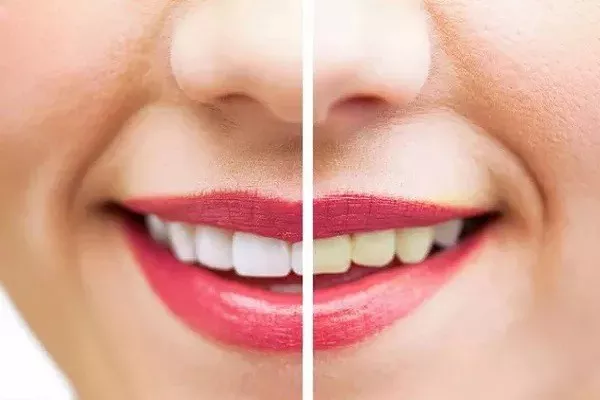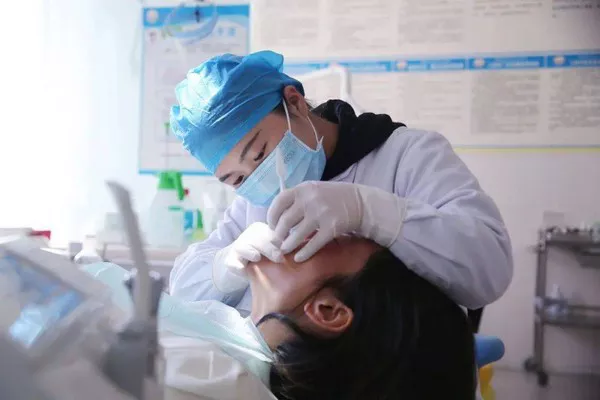Having yellow teeth can be a source of insecurity for many people. With so many products available that claim to whiten your teeth, it’s hard to know what really works. One common question people ask is whether brushing your teeth can remove yellow stains. In this article, we’ll explore the facts and myths surrounding this question.
Understanding What Causes Yellow Stains on Teeth
Before we dive into whether or not brushing can remove yellow stains, let’s first understand what causes them. Some of the most common causes include:
- Poor dental hygiene: If you don’t brush your teeth regularly, plaque and bacteria can build up, causing yellow stains.
- Aging: As you age, the enamel on your teeth wears away, making them appear more yellow.
- Certain foods and drinks: Drinks like coffee, tea, and red wine, as well as certain foods like berries, can cause surface stains on your teeth.
- Smoking: Tobacco products contain chemicals that can cause yellow stains on teeth.
It’s worth noting that some types of yellow stains may not be removable with just brushing. For example, if your teeth have internal discoloration due to damage or medication use, brushing may not be enough to whiten them.
How Does Brushing Help Remove Yellow Stains?
While brushing alone may not be enough to remove all types of yellow stains, brushing does play an important role in maintaining healthy, white teeth. Here are a few ways that brushing can help remove surface stains:
- Removes plaque buildup: Plaque is a sticky film that builds up on your teeth over time and can cause staining. Brushing your teeth twice a day helps remove this buildup, which can prevent discoloration.
- Removes surface stains: Some yellow stains on teeth are caused by the accumulation of surface stains. Brushing your teeth with a whitening toothpaste can remove some of these surface stains.
- Polishes teeth: Brushing helps to polish your teeth, which can make them appear whiter and brighter.
Proper Brushing Techniques for Yellow Stain Removal
To get the most out of your brushing routine, it’s important to use proper techniques. Here are a few key tips for removing yellow stains on teeth:
- Use a soft-bristled brush: A soft-bristled toothbrush is gentle on your enamel and won’t cause damage.
- Brush for at least two minutes: Make sure you’re brushing for the recommended amount of time to ensure maximum cleaning power.
- Use a whitening toothpaste: Whitening toothpastes contain ingredients that help to remove surface stains on the teeth.
- Don’t press too hard: Brushing too hard can actually cause damage to your teeth and gums. Use gentle pressure and let the bristles do the work.
- Consider using an electric toothbrush: Electric toothbrushes have been shown to be more effective at removing plaque and stains than manual toothbrushes.
Other Tips for Maintaining White Teeth
In addition to brushing, here are a few other tips that can help maintain white teeth:
- Drink plenty of water: Drinking water helps rinse away food particles and bacteria that can lead to staining.
- Limit stain-causing foods and drinks: Try to avoid or limit your intake of coffee, tea, red wine, and other foods and drinks that can stain your teeth.
- Quit smoking: Tobacco products contain chemicals that can cause yellow stains on your teeth. If you want to keep your teeth white, quitting smoking is a must.
- Visit your dentist regularly: Your dentist can help keep your teeth healthy and white by providing regular cleanings and check-ups.
When Should You Consider Professional Whitening?
While brushing and maintaining good dental hygiene can go a long way in keeping your teeth white, professional teeth whitening may be necessary for stubborn stains. Your dentist can provide a range of whitening options tailored to your needs, including in-office treatments and take-home kits.
It’s important to note that not everyone is a good candidate for professional whitening. For example, if you have sensitive teeth or gum disease, your dentist may recommend against it.
Conclusion
While brushing alone may not be able to remove all types of yellow stains on teeth, it can still play an important role in maintaining healthy, white teeth. By using proper brushing techniques and incorporating other healthy habits into your routine, you can prevent and even reduce surface stains on your teeth.
If you’re looking to achieve a brighter, whiter smile, it’s worth considering professional teeth whitening. Your dentist can help determine which whitening methods are best suited to your individual needs. With the right care and attention, you can enjoy a confident, beautiful smile for years to come.
Related Topics:





























